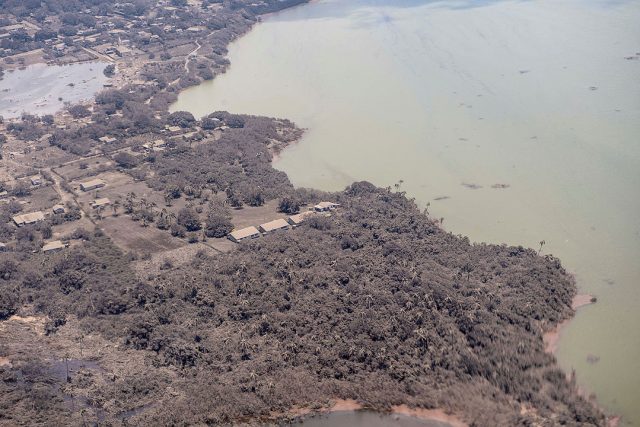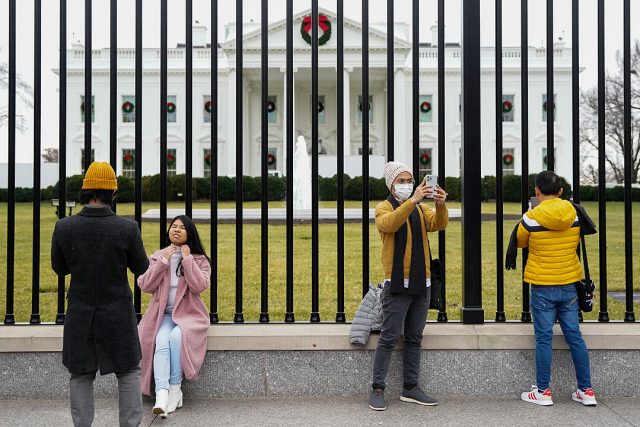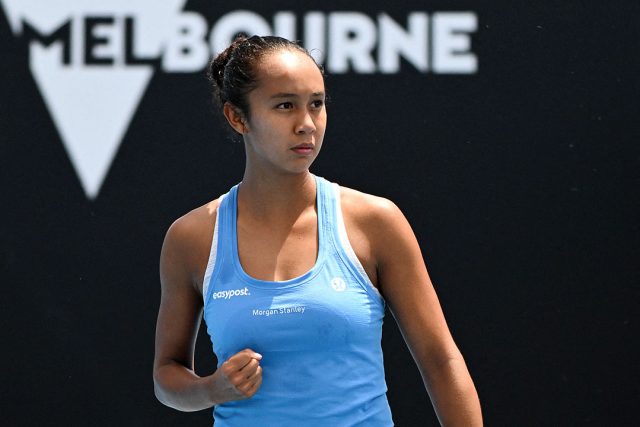(Part 4)
As we move to the sectoral level in formulating a strategic plan for the Philippine economy, the first and most important step is to have a long-term plan for Philippine agriculture, the Achilles heel of the Philippine economy. Resolving the perennial problem of low productivity and widespread poverty in the agricultural sector will literally hit two birds with one stone. It will lead to higher GDP growth while at the same time reducing poverty incidence. At very low annual growth rates of 1% to 3%, the agricultural sector has been a perennial drag to growth. Considering that as many as three-fourths of the Philippine poor are in the rural areas, increasing the incomes of farmers, farm and forest workers and fisherfolks will directly contribute to the reduction of poverty.
In performing the SWOT analysis for agriculture, we can benefit from the work done by the leading agribusiness think tank of the country, the Center for Food and Agribusiness (CFA) led by Dr. Rolando Dy. In a very succinct document entitled “Agribusiness Towards 2040,” Dr. Dy and the University of Asia and the Pacific (UA&P)-CFA Agribusiness Team presented the following Strengths, Weaknesses, Opportunities and Threats (SWOT) analysis of the Philippine agricultural sector:
Agriculture directly accounts for less than 10% of GDP. If we consider, however, the entire agri-food value chain, agribusiness contributes 35% of GDP and employs 10 million people, about a fourth of the country’s labor force.
As already mentioned, Philippine poverty is predominantly an agricultural phenomenon. The poorest segments of the population are engaged in crops (mainly rice, corn, and coconuts) and fisheries (mainly sustenance fishing). The major weaknesses of this sector are low farm productivity, lack of diversification, and limited value adding. Across many crops, the Philippines is behind its ASEAN peers (especially Thailand, Malaysia, and Vietnam). The exceptions are in Cavendish banana and pineapple, the leading fruit exports. Coconut is grossly under-exploited as the main products are lowest in value, i.e., copra, coconut oil, and desiccated coconut. There is very limited production of the higher-value products like coconut water, coconut milk, coconut sugar, and coconut coir. There is very low productivity in palay (unmilled rice), corn, fisheries and aquaculture. Low productivity stems from various weaknesses from input supply, production, and all the way down to the market. Productivity is likewise adversely affected by the occurrence of pests and diseases (as in the recent African Swine Fever that afflicted the hog industry), weather conditions/climate change (as in the recent very destructive Typhoon Odette), inadequacies of government programs and infrastructure (especially farm to market roads, irrigation systems, and post-harvest facilities), and, most recently, the pandemic.
Diversification is weak with some 80% of the croplands planted to only three crops — coconut, rice, and corn which all produce much below potential if we are to compare them to levels of productivity in their ASEAN peers. It is no surprise then that Philippine agricultural exports are way behind their ASEAN peers. The Philippines is also the only country with a negative trade balance in agri-food trade. Value adding is limited for lack of raw materials supply, limited knowledge on value adding, poor dissemination of value adding technologies, and undeveloped markets, among other weaknesses. As a very obvious opportunity that can be tapped is the large market of China for high value vegetables and fruits that go beyond bananas and pineapples. The greatest concern of China is food security.
What strategic moves have been suggested by Dr. Dy and his team from the CFA? The most obvious ones are those that flow from the weaknesses. They suggest three pillars:
• Increasing yields of many crops through applied modern farming systems that can be learned especially from more successful East Asian neighbors, such as Taiwan, Thailand, Malaysia, and Vietnam. Already a Taiwan-Philippine company called Harbest is successfully transferring advanced technology in the growing of high-value vegetables and fruits to Filipino farmers.
• Diversifying the land use based on market signals. Large tracts of land now devoted to rice and coconut can be shifted to high-value fruits, vegetables, and commercial forests.
• Promoting value adding in the rural areas through agro-processing. Such processing can be done at all scales of business, i.e., micro, small, medium, and large-scale. If raw materials are produced at lower costs, food processing at all these scales of production can compete with imports.
All these strategic moves will produce multiplier effects in raw material supply, processing capacity utilization, and exports, as well as job and income creation.
These three pillars must be anchored on the following programs and operational approaches:
• Developing quality infrastructures that link farm areas to ports;
• Promoting digital transformation, such as giving farmers direct information about prices of their products through their digital devices, thus freeing them from the clutches of middle men.
• Enhancing agricultural credit, such as through fintech that allows unbanked people in the rural areas to have access to credit and other financial services through their smart phones or similar devices;
• Consolidating small holdings to achieve economies of scale. This is especially crucial in the coconut industry where cooperatives or nucleus estates can be effective means of land consolidation to enable commercial farming to result in higher-value products such as coconut water, milk, sugar, and other consumer items greatly valued by such large corporations as Coca-Cola and Pepsi-Cola.
• Adopting farmer-driven irrigation systems and mechanization;
• Benchmarking extension services to the small farmers;
• Sustaining support for research and development (R&D) with strong private sector partnership.
The Government should partner with both the academe and the private business sector in R&D work that will result in practical solutions to improving the productivity of agribusiness operations at all levels of the value chain, from farming to post-harvest, storage, cold chain, food processing and retailing.
(To be continued.)
Bernardo M. Villegas has a Ph.D. in Economics from Harvard, is professor emeritus at the University of Asia and the Pacific, and a visiting professor at the IESE Business School in Barcelona, Spain. He was a member of the 1986 Constitutional Commission.
bernardo.villegas@uap.asia






![Data_security_05-[Converted]](https://www.bworldonline.com/wp-content/uploads/2022/01/Data_security_05-Converted-640x427.jpg)





